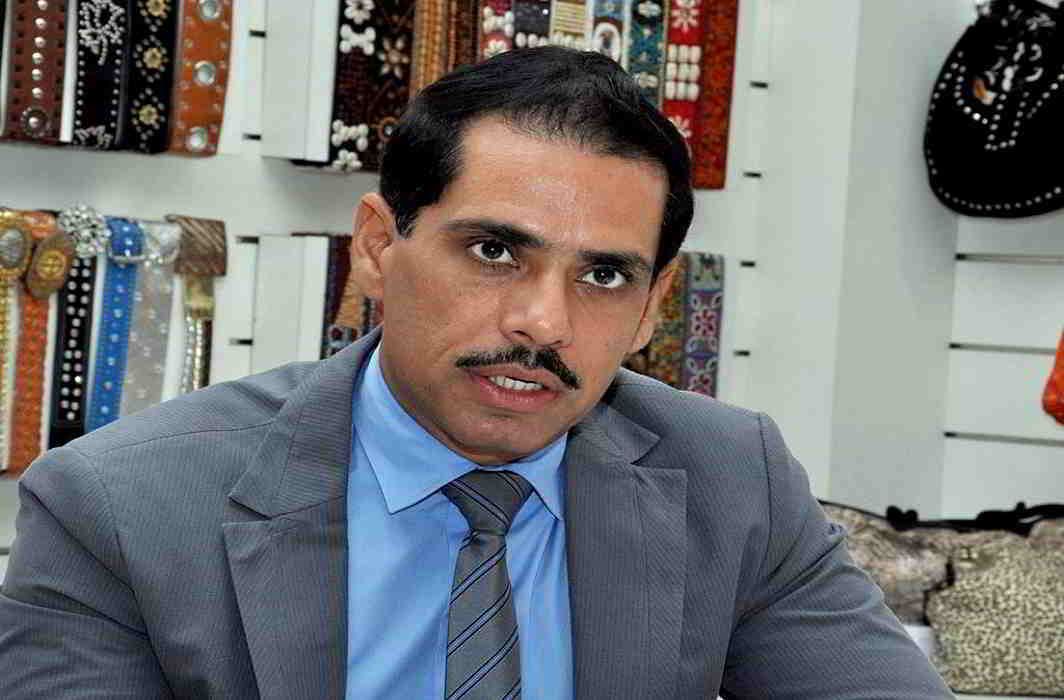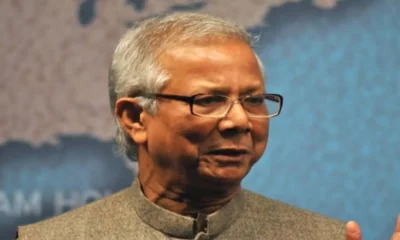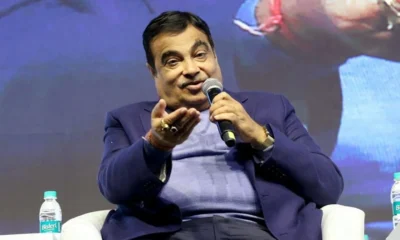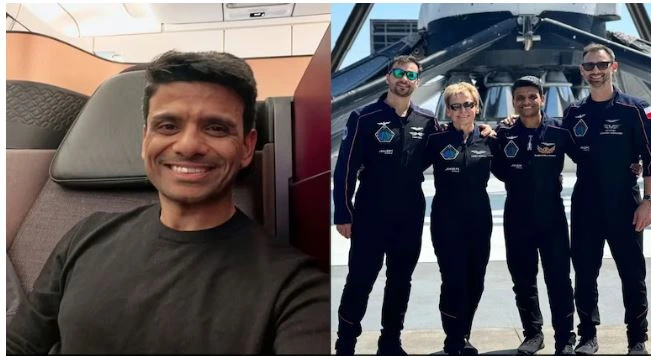Latest Science News
DNA test suggests mussel peston Cochin coast to be invasive foreigner

Latest Science News
Astronaut Shubhanshu Shukla to meet PM Modi after return from historic space mission
Astronaut Shubhanshu Shukla, who recently returned from the ISS as part of the Axiom-4 mission, will meet PM Modi this evening. Parliament will also hold a special discussion on his historic journey.
India News
Shubhanshu Shukla pens emotional note as he returns to India after space mission
Indian astronaut Shubhanshu Shukla penned an emotional Instagram post as he returned to India after his 18-day ISS mission, marking a milestone in India’s space journey.
Latest Science News
Shubhanshu Shukla becomes second Indian in space, lifts off for ISS aboard Axiom-4 mission
Group Captain Shubhanshu Shukla becomes the second Indian astronaut to travel to space after four decades, aboard the Axiom-4 mission to the International Space Station.
-

 India News23 hours ago
India News23 hours agoBJP raises seat offer to Eknath Shinde’s Shiv Sena to nearly 90 ahead of Mumbai civic polls, talks continue
-

 India News23 hours ago
India News23 hours agoEveryone has their demands: Robert Vadra responds to calls for Priyanka Gandhi as PM candidate
-

 Entertainment23 hours ago
Entertainment23 hours agoThe Odyssey trailer: Christopher Nolan unveils first look of epic journey led by Matt Damon
-

 Entertainment22 hours ago
Entertainment22 hours agoGovinda’s Avatar: Fire and Ash cameo clips go viral, truth behind the AI-generated videos
-

 India News7 hours ago
India News7 hours agoIndia’s LVM3 Baahubali rocket launches heaviest satellite ever from Indian soil
-

 Latest world news7 hours ago
Latest world news7 hours agoBangladesh student leader killing sparks allegation against Yunus-led interim government over February polls
-

 India News7 hours ago
India News7 hours agoOver 24 lakh voters dropped from Kerala draft electoral roll after special revision
-

 India News3 hours ago
India News3 hours agoNitin Gadkari flags Delhi air pollution, says two-day stay causes infection








